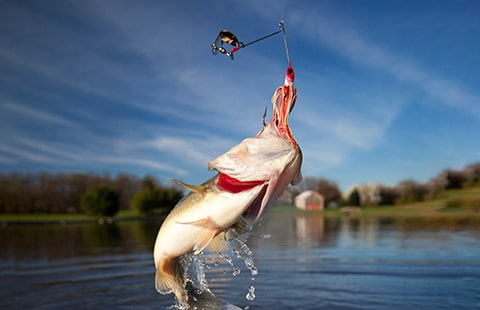Get unique, complex parts easily. No matter your requirements, Chaoyi Spring creates hard-to-produce coil springs and wire forms.
Let us help you create the custom wire form you need, from S-hooks and J-hooks to utility hooks and more.
We work closely with customers across a wide range of industries, helping them design and manufacture made-to-order parts.
Why choose Chaoyi Spring? We prioritize customer-focused collaboration, modern equipment and the latest technology to make your parts per print.
Find the information and guidance you need, from measuring a spring to learning about materials, placing an order and much more.
Compression springs, those ubiquitous coils of metal that we often take for granted, play a vital role in countless mechanical devices. From the simple act of opening a door to


Compression springs, those ubiquitous coils of metal that we often take for granted, play a vital role in countless mechanical devices. From the simple act of opening a door to the intricate workings of a car engine, compression springs are the unsung heroes of our mechanical world. Their ability to store and release energy, providing a resilient force against compression, makes them indispensable components in a wide range of applications.

At their core, compression springs are helical coils of wire designed to resist compressive forces. When a load is applied, the spring compresses, storing energy within its coils. Upon release of the load, the spring returns to its original length, releasing the stored energy. This simple yet fundamental principle underpins their wide range of applications.
The effectiveness of a compression spring hinges on several key properties:
Compression springs come in a variety of designs, each tailored to specific applications:
The material used for a compression spring is crucial to its performance and durability. The most common materials include:
Compression springs are truly ubiquitous, finding their way into a vast array of applications across industries. Some notable examples include:
Selecting the right compression spring for your application requires careful consideration of several factors:
With a thorough understanding of your application's needs, you can consult with spring manufacturers or engineers to select the optimal compression spring for your project.
Compression springs may not be the most glamorous components in the mechanical world, but their importance cannot be overstated. They are the unsung heroes that provide resilience, energy storage, and force control in countless applications. Next time you open a door or use a pen, take a moment to appreciate the humble yet mighty compression spring working behind the scenes.
Understanding the fundamentals of compression springs, from their key properties to their diverse applications, empowers you to utilize these remarkable components effectively in your own designs and innovations. Whether you're an engineer, a hobbyist, or simply someone who appreciates the marvels of the mechanical world, compression springs are an essential piece of the puzzle.
Browse some of the custom wire forms and springs that we manufacture. Don’t see what you need? We specialize in made-to-order products that meet your application requirements.
Visit Our GalleryNeed a custom wire form or coil spring? We make it work. Fill out the contact form and a representative will respond within 1 business day. If you have a PDF or CAD file, you can submit to request a quote.